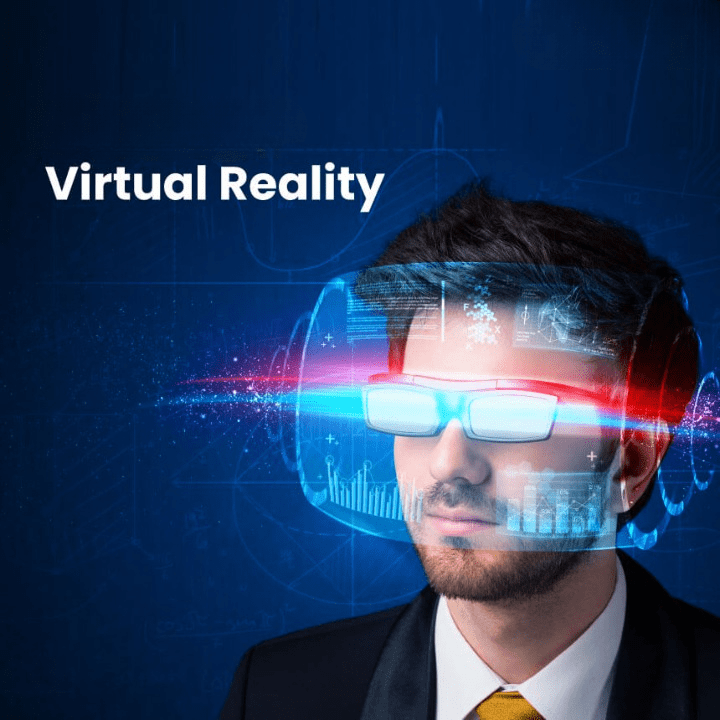
Introduction:
In today’s ever-evolving technological landscape, Virtual Reality (VR) has emerged as a groundbreaking innovation that is reshaping our perception of reality. With its immersive experiences and limitless possibilities, VR has unlocked new realms of entertainment, education, and beyond. In this guest post, we will delve into the fascinating world of Virtual Reality, its applications, and the impact it has on various industries.
1. Entertainment: A Gateway to Extraordinary Adventures
Virtual Reality has revolutionized the entertainment industry, transporting us to worlds we’ve only dreamed of. From gaming to virtual travel experiences, VR allows us to escape the confines of our daily lives and embark on extraordinary adventures. Imagine battling intergalactic foes, exploring ancient ruins, or diving into the depths of the ocean, all from the comfort of your own home. With VR, the boundaries of reality are pushed, and the possibilities are endless.
2. Education: Bridging Gaps and Enhancing Learning
Virtual Reality has also found its niche in the realm of education, revolutionizing the way we learn and absorb information. Through VR simulations, students can explore historical events, visit art galleries, or even dissect a virtual frog. This immersive learning experience not only enhances engagement but also enables students to grasp complex concepts more effectively. VR has the potential to bridge gaps in education, allowing students from all backgrounds to access experiences and resources that were once out of reach.
3. Healthcare: Transforming the Future of Medicine
In the field of healthcare, Virtual Reality has proven to be a game-changer. It has the power to alleviate pain, help patients overcome phobias, and provide realistic training for medical professionals. Surgeons can now practice intricate procedures in a virtual environment before stepping into the operating room, reducing the risk of errors and improving patient outcomes. VR therapy has also shown promising results in treating mental health conditions, such as anxiety and PTSD, by exposing patients to controlled virtual environments that aid in their healing process.
4. Architecture and Design: Visualizing the Unbuilt
For architects and designers, VR offers a revolutionary tool to visualize spaces and designs before they are built. With the help of VR headsets, clients can walk through their future homes or offices, getting a realistic feel for the layout, materials, and aesthetics. This technology enables architects to make informed decisions and make necessary changes early in the design process, saving time and resources. VR is reshaping the way buildings are conceived and designed, pushing the boundaries of imagination.
Conclusion:
Virtual Reality is not just a passing trend; it is a transformative technology that is here to stay. Its potential to reshape various industries, from entertainment to healthcare and beyond, is undeniable. As VR continues to evolve and become more accessible, we can only imagine the endless possibilities that lie ahead. So, fasten your virtual seatbelt and get ready to step into the future of a reality that knows no limits. Welcome to the world of Virtual Reality. Source


